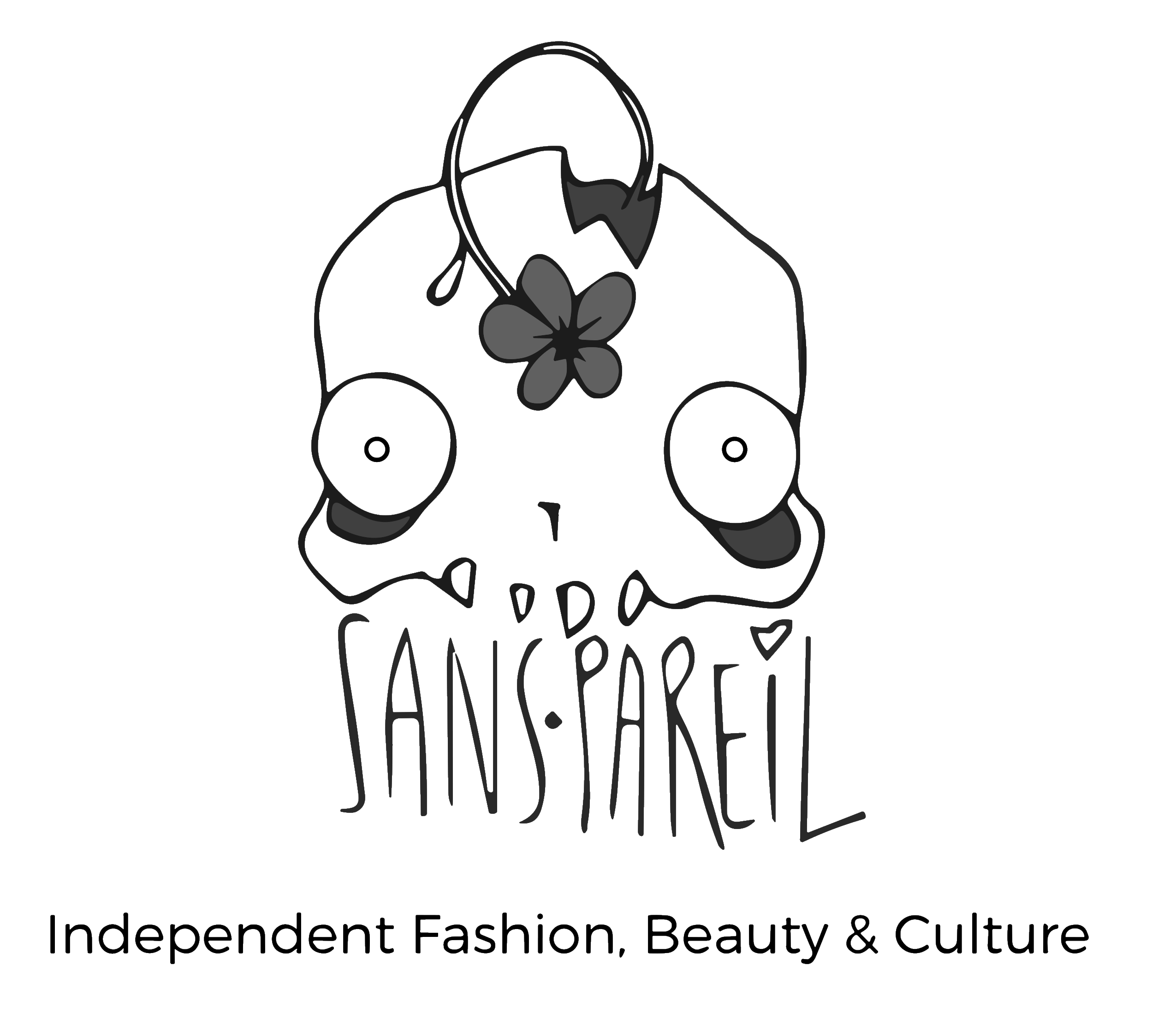By Jessica Matthews - https://www.instagram.com/summerszzzzz/
It seems like an odd concept – a fashion designer, asking you not to buy more clothes. It seems contrary to running a solid, thriving clothing company, but I’m here to tell you that the opposite has been true in my experience, so that’s what I’ve begun asking people to do.
As with most awakenings, there was a distinct turning point in my journey from being a designer keen to get as many products through the machines and out onto the street, to becoming one who has long and winding conversations with her customers about what they already own, where they see themselves wearing a garment and what it might work with in their current wardrobe. My turning point was a singularly awful statistic.
There are 7 billion people on this planet. There are 150 billion garments being produced per year. EVERY. YEAR. This is a problem.*
Roughly speaking, that equates to 20 new pieces of clothing per head of global capita (ignoring the fact that we all know that there’s nothing ‘equal’ about our consumption rates from country to country – that’s another blog post!). 20 new pieces of clothing per year doesn’t seem that bad, right? It doesn’t, until you take into account that that 7 billion figure holds, while the number of garments keeps on compounding and stacking upwards towards the ozone layer we did our best to ruin a while back. Well done, us.
If the average female lifespan is 81 years, that means from the minute we emerge to the moment we stop having to get dressed every morning, a mind-boggling total of 12,150,000,000,000 garments spewed off our collective production lines: an average of 1,620 pieces per head. What makes the problem particularly upsetting is that research estimates 30% off this production total is never purchased. Not even at discount. It’s instead burnt, buried, cut up, warehoused or otherwise destroyed to assist in . . . something? Ailing bottom lines? To promote exclusivity? I’m actually not sure. What I do know is that this is ludicrous, and a frightening waste of resources, labour and dollars.
So, what can we do about it? Obviously, the fast fashion flooding our stores and social feeds is the major culprit here: the buy quick, buy cheap, wear once (or never) and discard cycle has created a surge of demand for cheap and disposable clothing. As the dauntless fashion figure Vivian Westwood says, we should BUY LESS, CHOOSE WELL, MAKE IT LAST. By following the below guidelines as often as possible, we can make real change to the bottom lines (and ergo - hopefully – the wasteful and pointless practices of) the world’s worst overproducers:
- Shop second hand as much as you possibly can. Disrupting the production cycle from this end has many benefits: you’re kinder to your own wallet, you’re soaking up some of that nasty overproduction, and I don’t know anyone who doesn’t love the feeling of spotting a truly original vintage piece across the aisle at St Vinnies. Oh and hey – your money might actually do some people in need some real good!
- Invest in better produced pieces in natural fibres: If something is made well/with more care, the fit will be nicer so you’ll reach for it more. The cloth will last longer so you’ll be able to wear it for longer (good news since you probably shelled out more that if you’d purchased the gross synthetic fast-fashion copy). And at the end of its long and happy life you’re more likely to be able to send it back from whence it came – Mother Earth.
- Mend, mend, mend. Mending is cool. For beginners inspo, check out this Instagram account (hyperlink to https://www.instagram.com/wrenbirdmends/)
- Shop local. Not only will you be supporting a producer fighting against the overwhelming tide of junk clothing, you’ll probably experience that old thing they used to call customer care. Google clothing + your city to see who’s working away near you and pay them a visit. You may even get a cup of tea out of it.
The world will not be changed by three people doing sustainable living and shopping with perfection. It’ll be changed by all of us doing the wee bit that jumps out at us, and I hope this will jump out at you.
*https://sharecloth.com/blog/reports/apparel-overproduction

